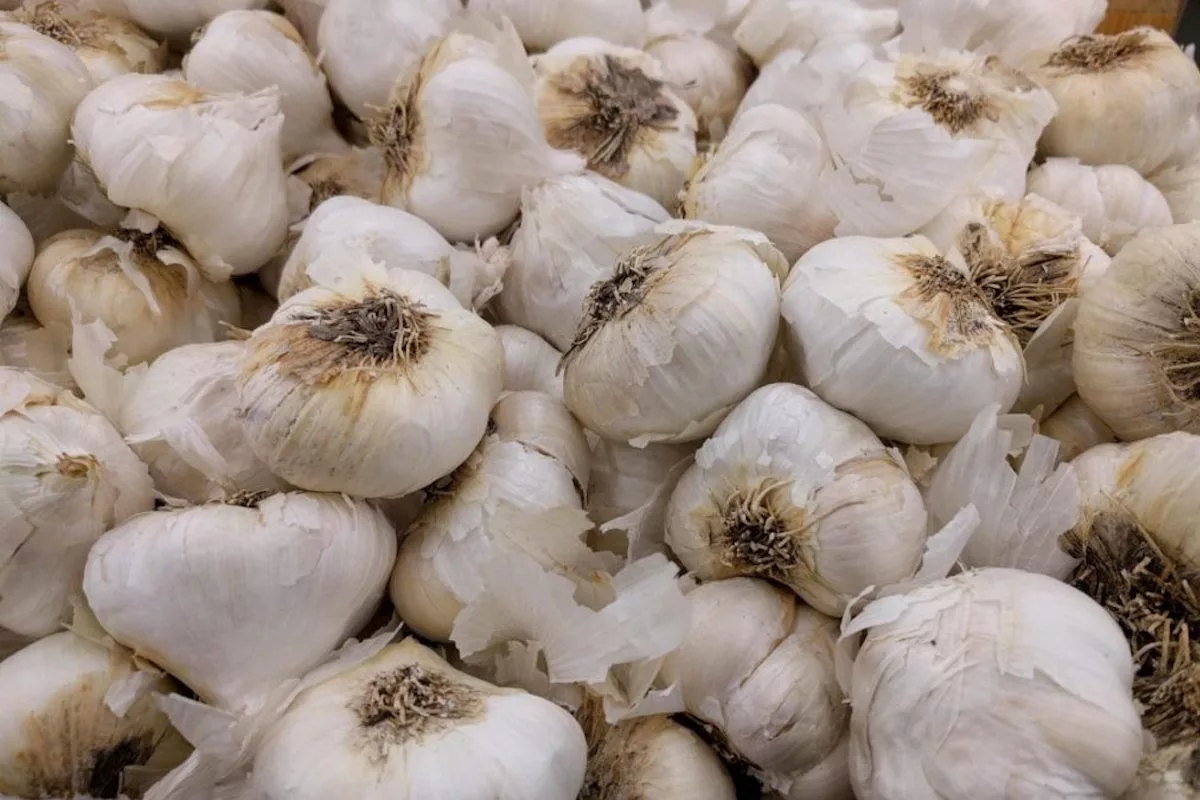
Cassie concrete & absolute
April 1, 2021
Violet Leaf concrete & absolute
February 1, 2021
Bitter Orange Blossom concrete & absolute

Production Method
The concrete is produced by solvent extraction (in this case hexane) of the fresh blossomed flowers (rather than the buds which leads to a darker, less fragrant absolute). The absolute is displaced from the concrete using ethanol. The by-product of absolute is wax. AF&Co. produces a certified 100% Organic Bitter Orange Blossom Extract (under EU, USDA-NOP, and Biodynamic standards).
Uses
“In Perfumery, one of the most important flower absolutes next to rose and jasmine.” The lesser known Absolue Oranger has nothing to envy to its essential oil alter ego Neroli. As a matter of fact it completes it beautifully where Neroli lacks depth and sensuality. Absolue Oranger is used in high grade perfumes where it imparts “white blossoms” character. “Its odor is extremely strong, floral, deep-sweet, with a peculiar woody-breadcrust-like undertone and great tenacity in floral notes. It is strikingly reminiscent of the odor of fresh orange blossoms. It is used in countless types of perfumes, heavy Oriental as well as light citrus colognes, chypres and ambres as well as floral bouquets, modern aldehydic fantasy blends. The absolute forms excellent combinations with all citrus oils, petitgrain oils, linalol, linalyl acetate, linalyl cinnamate, methylanthranilate, various jasmones, myrrh resinoid, etc. and it forms an important part of the fixative base in high-class citrus colognes and perfumes of similar types.” (Arctander, S., “Perfume and Flavor Materials of Natural Origin”, 1960). In Flavors, it is “used as a very universal « bouquet » material with delightful effects in many types of fruit flavor and even in peppermint or spearmint flavor. It generally masks or rounds off the sharp notes arising from synthetic flavor materials.” Arctander, S., “Perfume and Flavor Materials of Natural Origin”, 1960. In Aromatherapy, Absolue Oranger is not that well known and is therefore scarcely used – especially compared to its alter ego Neroli oil. It finds uses in the fragrance compositions of product lines (shampoos, soaps, etc.) not directly related to core aromatherapy applications.
Botanical Origin & Historiography
Native to southeast Asia, it is believed to be a cross between Pomelo (Citrus maxima) and Mandarin (Citrus reticulata) and was first cultivated in China over 2000 years ago. It is generally assumed that the first Citrus to reach the Mediterranean ― Citron , Citrus medica ― did so in the late 4th c. BC (from pollen analysis) associated with Alexander’s campaigns and was quasi-certainly cultivated in Egypt by the end of the 1st c. AD -- although some illustration evidence in the temple of Karnak would date its presence in Egypt as far back as the 14th c. BC. The Bitter Orange’s introduction to Egypt is often popularly associated with the Arabs in the mid-7th c. AD. However, archaeological evidence has difficulty dating it to that time as it is generally “not thought to have been introduced into the Mediterranean until the medieval period [c.1000 AD] and the sweet orange not until the very late 15th c.” (Van der Veen, Morales 2014). Indeed, one has to differentiate between archaeological evidence from “trade consumption” as opposed to “cultivation”. It can safely be assumed that Bitter Oranges made their way to the Maghreb (Morocco) and into Spain with the Moors around the 9th-10th c. Whether it reached the southwest of France via the `Moorish incursions around that time is speculative, but it undoubtedly did later, from the east, by the Crusaders returning from the 8 major Crusades to the Holy Land (1096-1291). In Egypt, the rustic variety introduced by the Arabs (larinj’) remains the most widespread, while AF&Co. has introduced in 2000 the varietal found in Morocco (originally introduced there in the mid-19th c. from Grasse) allowing us to offer both qualities.



